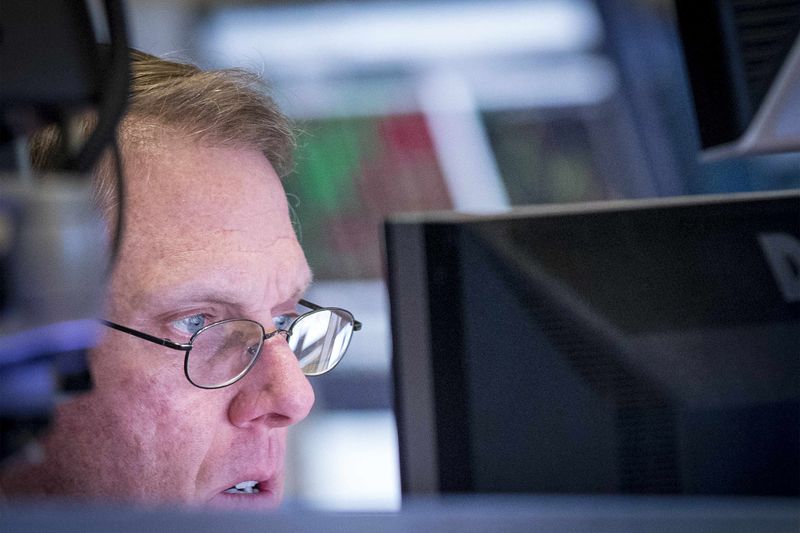In July, ASOS (LON:ASOS) (LSE: ASC) revised down its profit expectations for the third time in seven months, predominantly on the back of warehouse troubles in the US and Europe that meant it was unable to fulfil customer orders. The numbers seemed so jarring, in fact, that I decided to see how they weigh up using the Altman Z-Score – a number that can highlight if a firm is at risk of going bust.
This metric (Z-Score for short) is in essence a credit strength check that we can use to analyse a listed company, compiled using five key ratios that test a company’s solvency and financial viability. As a general guideline, any metric above 3 is seen as safe, while a number below 1.8 is in a riskier area.
In my experience however, though these benchmarks are a fair guide for cross-industry comparisons, the true measure of a company’s strength can be seen when the number is compared to its competitors.
Unfortunately in the case of ASOS, there are no truly like-for-like listed competitors that would make a comparison meaningful, and so I decided instead to look at the numbers for ASOS for the past few years, and input the latest expectations for a projection for 2019. Here are the results.
| Ratio | 2019 (Projected) | 2018 | 2017 | 2016 | 2015 |
| Z-Score | 5.51 | 8.53 | 8.55 | 7.45 | 9.87 |
| Working Capital/Total Assets | -0.1 | -0.05 | -0.04 | 0.03 | 0.21 |
| Retained Earnings/Total Assets | 0.42 | 0.42 | 0.39 | 0.39 | 0.47 |
| EBIT/Total Assets | 0.03 | 0.1 | 0.1 | 0.07 | 0.11 |
| Market Value of Equity/Total Liabilities | 3.67 | 8.8 | 9.08 | 7.38 | 10.35 |
| Revenue/Total Assets | 2.74 | 2.4 | 2.29 | 2.22 | 2.39 |
Interestingly, the key reason why the Z-Score has dropped so much is the market value of equity figure – a number that needless to say is determined by the company’s share price. While for previous years I used the average price of the reporting period, for 2019’s projection I used the current stock price, which stands at almost a third of what it was this time last year.
We need to consider then, if this current price is a fair reflection of the company’s true value, or more a reaction to the latest raft of profit warnings. Personally, I am of a similar mind to my fellow fool Edward Sheldon that its current troubles are more of a short-term problem and so we may see some price recovery when things return to normal.
That said, the company has also announced a £350m five-year revolving credit facility that while helping to keep things moving, may end up adding numbers to the wrong side of the balance sheet. Given that it pays no dividends, and that even with its current low share price it still looks far from cheap, it doesn’t seem to be offering investors much to like at the moment. The falling Z-Score meanwhile, while not perhaps quite suggesting ASOS will be going bust in the near future, is still a bad sign of the company’s ailing finances.
Karl has no positions in any of the shares mentioned. The Motley Fool UK owns shares of and has recommended ASOS. Views expressed on the companies mentioned in this article are those of the writer and therefore may differ from the official recommendations we make in our subscription services such as Share Advisor, Hidden Winners and Pro. Here at The Motley Fool we believe that considering a diverse range of insights makes us better investors.
Motley Fool UK 2019
